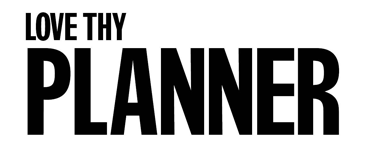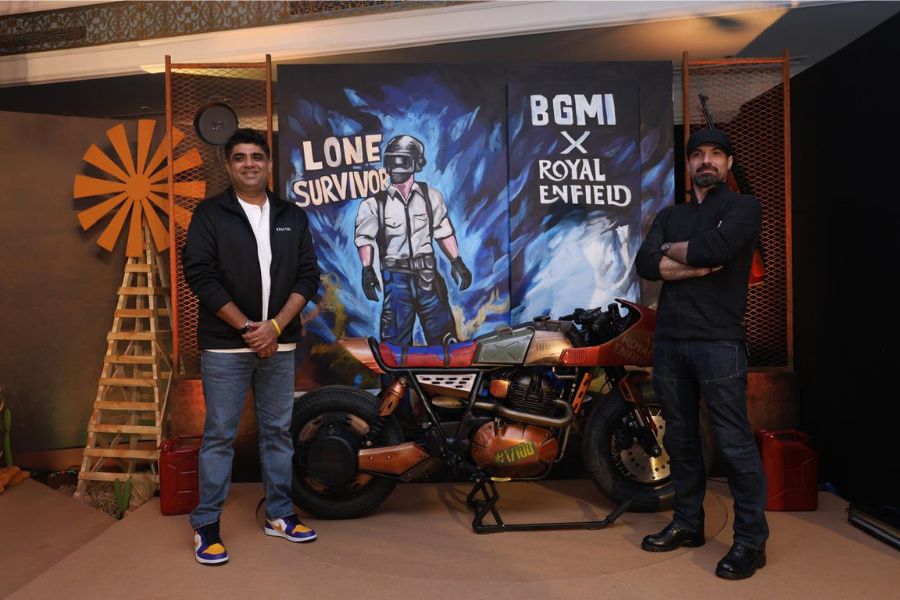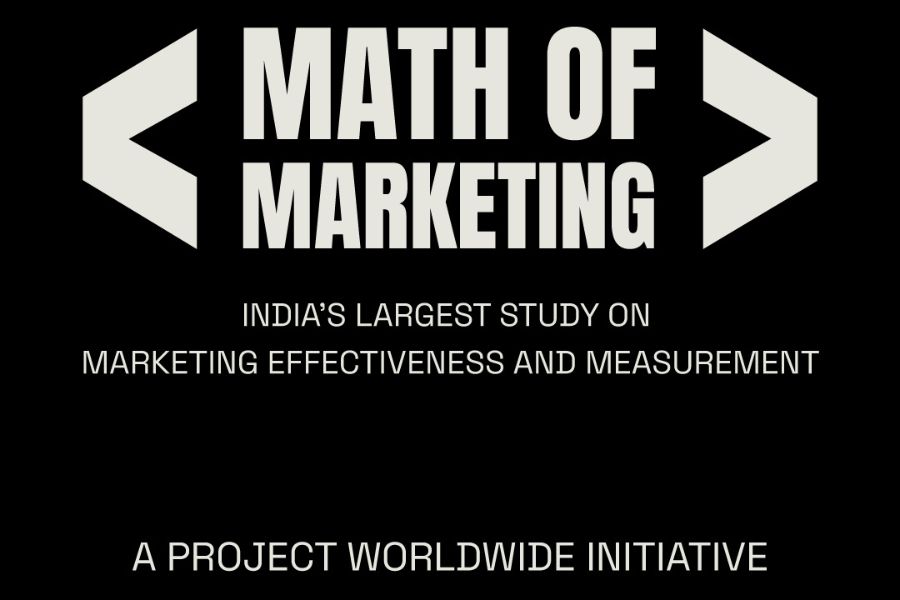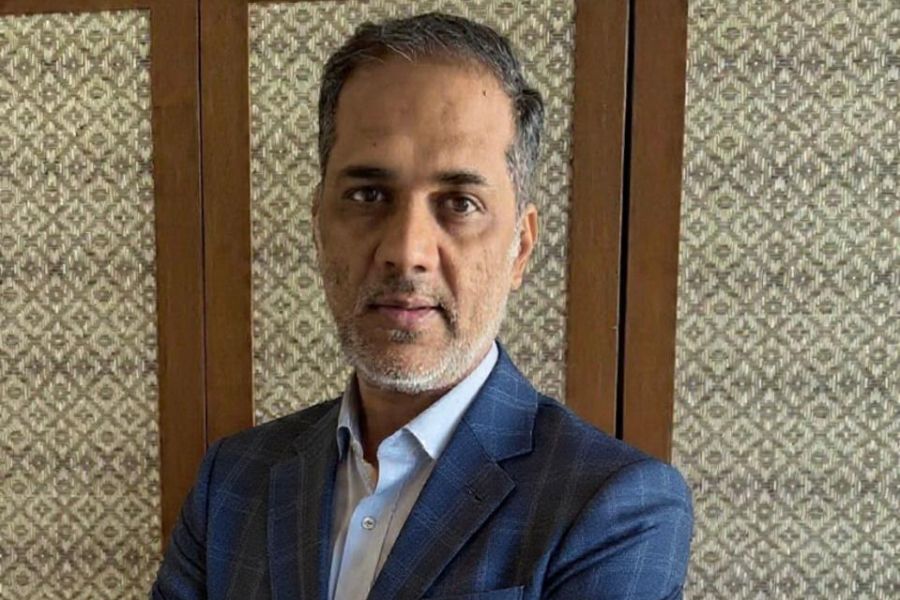to understand cases where planners have helped create disruptive and effective communication for their brands.
The role of a planner has changed enormously and is probably going through a greater period of change now than at any time in its 40-year history. “From the simple ‘voice of the consumer’, the role now engulfs both the ‘Grand Strategist’ and ‘Ad Tweaker’ of Stanley Pollitt and Stephen King’s early debate, and goes much beyond,” says Brent Gosling, CSO, Lowe Worldwide.
Brand markets are getting more and more complicated and competitive where need for specialized consumer knowledge is becoming important. Further, clients have a lot of category knowledge but seek deeper knowledge of consumers as people- as human beings, as social animals and as product of culture that will help to create communication that touches both the hearts and minds.
The role of a planner has extended from just being the custodian of consumer insight and creative idea to custodian of most effective consumer touch point. “The planning function is no more static. It’s no more about brief done or ‘Campaign on air. Let’s get on to something else.’ You have to keep following the consumer, keep extending the idea and keep surprising her and pushing her to buy till the marketing objective is achieved,” says Anurag Gupta, president strategic initiatives & integration, Mudra Communications.
Here are some case studies of brands faced with different challenges and where PLANNING made all the difference.
 Agency J Walter Thompson
Agency J Walter ThompsonClient Pepsico India
Brand Slice
Planner Atika Malik, senior vice president and executive planning director

Slice was the No. 3 mango brand in a category dominated by Maaza and Frooti. These brands not only enjoyed consistent advertising but they were also consistent with their message unlike Slice. With the packaged mango drinks category exploding in India, the agency had to figure out a way to get a largely ignored brand into the limelight and a new product formulation aided the task.
“The category codes indicated that brands had been propagating the mango as ‘young, innocent, angelic and virginal.’ But when we dived into the world of mangoes we found stories and myths that were unlike anything we had heard of: If you dream of sharing a mango it’s an invitation to seduction; Ghalib was obsessed with mangoes and preferred writing about them to his friends and in Thailand a Brahmin sold his wife to buy what he loved most – mangoes,” explains Malik. “It was evident that the mango was anything but a virtuous fruit. And the reason it evoked such passion was because its sunrise colour, shape, heady aroma, thick juicy pulp is a treat for your senses.”
And so Slice, unlike its competition became “intense, sensual and indulgent.” In India when you think of sensual pleasure, you think of the Kamasutra. The word - Aam, allowed for a very fortuitous coinage of the term ‘Aamsutra’. If Kamasutra was the pleasure of sex, Slice Aamsutra was the pleasure of mangoes.
“Not only have we carved a distinct position for Slice but we’ve also seen great growth in sales and on softer brand measures,” adds Malik. “In short, we forever changed the way Indians would look at their beloved mango.”
TAPPING BUNTYs & BABLIs  Agency Euro RSCG
Agency Euro RSCG
Client Bhaskar Group
Brand Dainik Bhaskar
Planner Dhiren Amin, idea architect

Dainik Bhaskar is the flagship brand of the Bhaskar Group. In 2007, Top 10 newspapers of India saw a 6% drop in readership. The agency’s task was to help Dainik Bhaskar keep a steady increase in its readership numbers by improving its brand image and strengthening association with the readers.
Euro RSCG commissioned a study called the “Bunty Syndrome” which aimed at understanding the sentiments and behaviour of youth in the Tier II markets of India. One of the insights that the study revealed was that the ability and desire of youth to drive change was much more predominant in the Tier II markets as compared to the Tier I markets. Newspapers in these markets didn’t manage to capture this sentiment. Communication in the category was restricted to codes of the ceremonial rat race; finding different ways of claiming the No. 1 spot.
“This led us to the core platform for Dainik Bhaskar -- ‘Unbridled Ambition’,” says Amin. “The creative expression was ‘Zid Karo, Duniya Badlo’; a clarion call which said that the desire to change the world begins from a personal effort; an effort to be stubborn: in our fight against corruption; in our fight against terrorism and for everything that matters.”
In the second round of the IRS’08 survey (an independent survey conducted by IMRB), Dainik Bhaskar was the newspaper that recorded the largest growth in readership numbers with a 6 lakh increase in readership within six months.
WOMEN ON WHEELS Agency Mudra
Agency Mudra
Client TVS Motors
Brand TVS Scooty
Planner Anurag Gupta, president, strategic initiatives & integration

For most young women in the smaller towns of India, the hassle of getting themselves a two wheeler is too much of a barrier. To start with, there is no familiarity with the product and learning to ride on Indian streets isn’t easy. Add to that the low confidence of a new rider. The family members don’t encourage it a lot either since the urgency for a woman to be mobile isn’t perceived to be as high as for a man.
So the agency went ahead and simplified it. “We helped young women learn how to ride a two wheeler thus ensuring they were comfortable with the vehicle,” says Gupta. “Then we helped them to get a Learner’s Driving License, thus making it easier for them to convince parents to get a new TVS Scooty for them! In the process, we made the TVS Scooty the first choice at the time of purchase.”
The campaign was most uncommon because: it spoke to the non riders; it trained the women on the usage of the product, rather than hard selling it; it focused on removing the micro hassles of getting a license etc., and it focused on ‘what women want’.
“Here was a campaign that put forth an honest attempt to get women on wheels,” adds Gupta.
CREATING CHOCO-OCCASIONS  Agency Ogilvy & Mather India
Agency Ogilvy & Mather India
Client Cadbury India Ltd
Brand Cadbury Dairy Milk
Planner Madhukar Sabnavis, country head - discovery & planning and regional director – thought leadership

Tasked with the objective of increasing consumption of chocolates, the agency ran a massive planning exercise to gather insights about chocolate consumption in India. “People love chocolates and eat it when they ‘feel’ like having one. However, there are no specific occasions associated with the category,” says Sabnavis. “Also, during the research we gathered that mithai, on the other hand, is very big in Indian culture and has many rituals and symbols associated with it.”
The campaign objective, thus, was to convert a category that is ‘good feeling’, into a thought, built around the creative concept – ‘Muh meetha karna’ and get consumers to eat chocolate on more occasions. Over the last four years, the agency has built the category through multiple executions and multi media campaigns. ‘Kuch meetha hojaye’ and ‘Pappu pass ho gaya’ are strong creative hooks used to connect with consumers. It also explored myriad interesting happy moments such as exams, romance, winning a contest and losing a match against Kenya.
“As a result of the campaign penetration of chocolates has increased faster in the last four years than it did in the decade before that! Frequency of consumption among adults has grown by 16% in metros and mini metros. ‘Celebrating a happy moment’ has emerged as a need state in four years and preference of Cadbury dairy milk for celebratory moments has increased on an average by 34% across town classes,” says Sabnavis.
AWAKENING OF THE NATION
 Agency Lowe Worldwide (LWW)
Agency Lowe Worldwide (LWW)
Client Tata Tea
Brand Tata Tea
Planner Brent Gosling, CSO, Lowe

Last year, Lowe was faced with a task of creating a mother brand positioning for Tata Tea and to find a big enough brand idea that had the breadth to support and grow all three brands – Tata Tea Premium, Tata Tea Gold and Tata Agni. This, without having to spend individually on each brand. “The campaign also needed to be sharp enough to puncture the suffocating scale of Levers,” says Gosling. The agency decided to shift the category codes: from tea pouring in the cup; lady stirring the tea; expression of great tasting tea; smiling satisfied happy expression… to codes that resonated with the mood of the young India.
“We gunned for I-Gen tea lovers – who are younger in their outlook, restless and confident to achieve their goals,” explains Gosling. “Based on the insight ‘I don’t seek change. I am the change’, we positioned Tata Tea as the choice of beverage of the generation that considers tea not just as a passive, restorative beverage but as an inspiring energiser.”
The tone and manner was provoking, spirited and young and the big idea came alive through the war cry, “Har subah sirf utho mat, Jaago re!” While the first phase, the campaign established the positioning “While all other teas wake you up, Tata Tea awakens you!”, the second phase provided credibility and teeth to the campaign– “Tata Tea awakens you by facilitating the change in attitude to voting.”
According to IMRB’s findings, ‘Jaago Re’ established superior reach and content recall as well as increased usage among Tata Tea users and non users. The website www.jaagore.com itself is a record of sorts in Indian Internet marketing, with 30% of all those who visited the site having registered (the industry norm is 0.001%).




